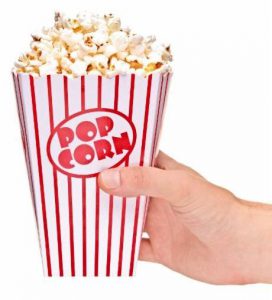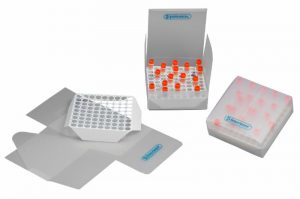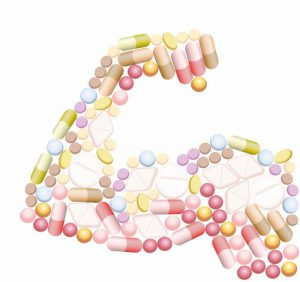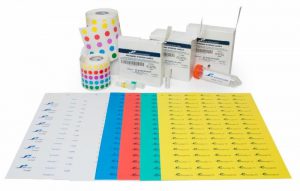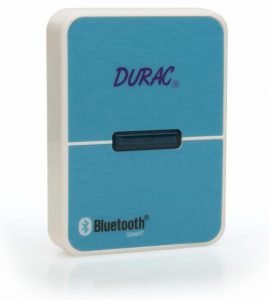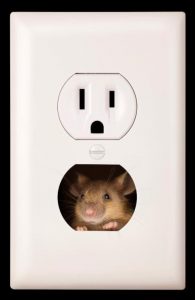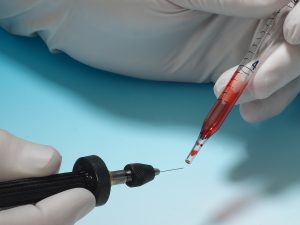
Pretty. Dangerous.
Mercury:
- Closest planet to the sun
- Roman God
- Former car company
- Chemical element
- Toxic substance
Though the name has been used for many types of things, the element itself has been used throughout history in a multitude of applications, including paint, cosmetics, firearms, even dental fillings which are still used today. Keep reading to learn more about this unique but toxic liquid metal!
- Mercury was used in Roman times as pigment in paint, a practice which continued all the way until 1991 (although as time went on it was used more as a fungicide rather than for color).
- People once considered the liquid, silvery mercury to be so special that it had to have healing powers. They used it to treat everything from syphilis to parasites to simple cuts and scrapes.
- Ever heard the phrase "mad as a hatter"? This comes from the mercury poisoning that many hat-makers suffered from using mercuric nitrate as a way to soften the felt used in hat making. 'Mad hatters' suffered slurred speech, tremors, and sometimes hallucinations.
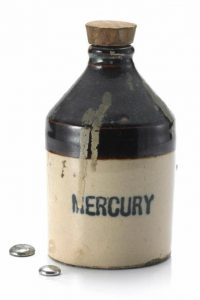
How are you going to safely dispose of your mercury thermometers?
Purchase Enviro-Safe thermometers and let us recycle your mercury for FREE with our Mercury Exchange Program!
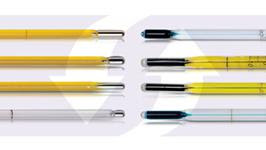
- Free, safe disposal of your old, unbroken mercury thermometers
- New, high-accuracy thermometers with environmentally friendly fill that can be used in place of spirit or mercury filled thermometers



